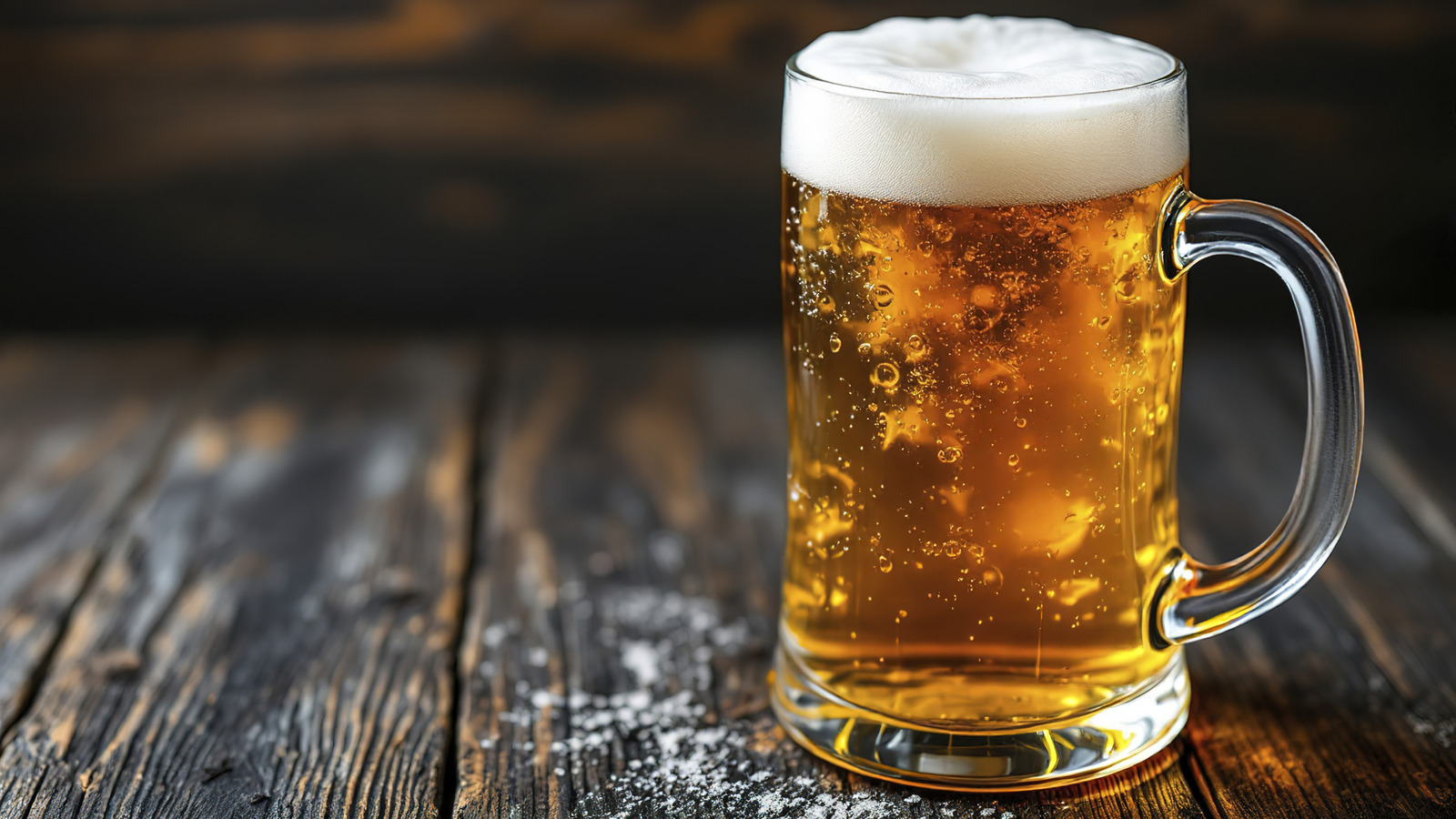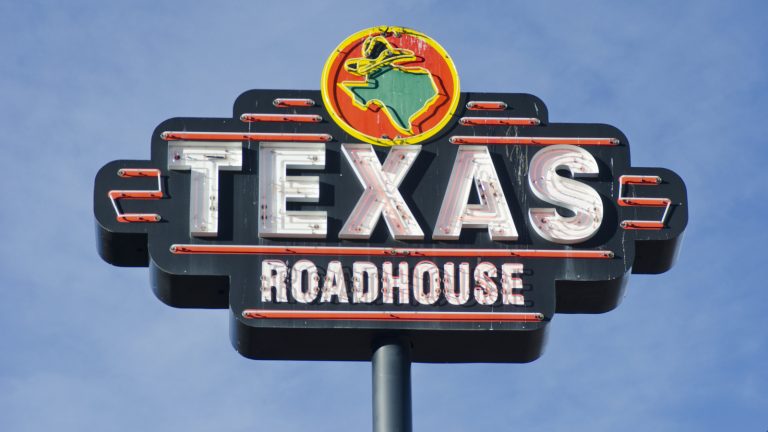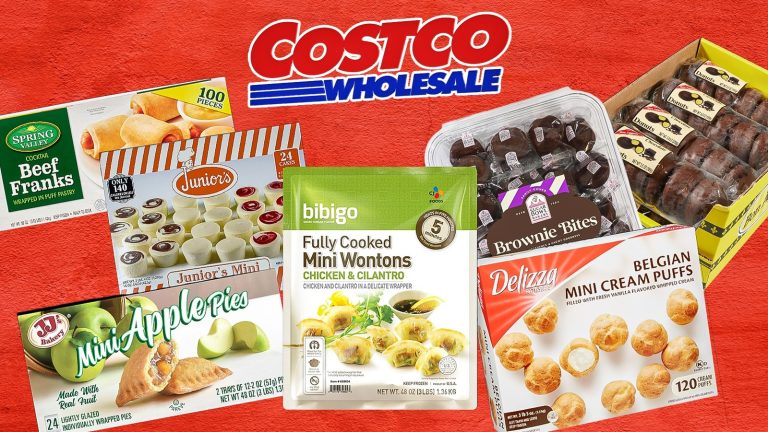Most people don’t associate beer with product recalls. You crack open a cold one, watch the foam rise, and that’s pretty much it. But every now and then, something slips through — and when it does, it can cause a whole lot of trouble. From tiny bits of glass in bottles to strange microbes messing with the brew, beer recalls, though rare, can be a big deal.
For breweries, these slip-ups aren’t just expensive. They hit where it hurts most — public trust. A recall doesn’t just mean yanking cases off shelves. It means scrambling to fix the issue, answering to the press, and hoping customers come back next time. And depending on how serious the problem is, it can take years to bounce back.
In this article, we’re looking at some of the biggest beer recalls in modern history. Not the ones where someone got a label wrong — the major incidents that caused panic, headlines, or both. Some were resolved quickly, with brands owning their mistake and moving on. Others weren’t so lucky. Either way, these stories show just how delicate large-scale brewing can be — and how one unexpected flaw can turn a beloved drink into a nationwide concern.
Newcastle Brown Ale (Heineken UK, 2025)
If glass in beer was becoming a running theme, Newcastle Brown Ale couldn’t escape it, either. In early 2025, Heineken UK pulled certain 550ml bottles off shelves after customers started finding unexpected glass shards inside.
The Food Standards Agency (FSA) got involved fast, issuing a recall notice to get the word out. Bottles from specific batches, all with a best‑before date of November 30, 2025, were included in the recall. Heineken didn’t mess around — they got notices up at every store that carried the beer and made sure people knew exactly what to do: Don’t drink it, return it, and get a full refund.
The incident reinforced something we’ve seen before — even trusted breweries can stumble when it comes to supply chain hiccups. Whether it’s a bottle supplier in Mexico or a packaging line in the U.K., glass remains an unpredictable troublemaker.
What matters here is how brands respond. Newcastle’s team worked with the FSA, made the sale process transparent, and communicated clearly. No one was hurt, thankfully — but this is exactly the kind of situation that could erode trust fast if mishandled. For beer lovers, it’s a solid reminder to check recall notices before cracking open a bottle. For breweries, it’s a wake-up call — future batches need even tighter oversight, because when glass makes its way in, no one expects it — and everyone takes it seriously.
FiLite Lager (HiteJinro, 2024)
In early 2024, HiteJinro — the South Korean brewing giant — pulled back about 1.24 million cans of its FiLite Fresh lager. Why? Some folks opened their beer and found… a slimy substance floating around. Not exactly appetizing.
Turns out it was a harmless yeast, called pediococcus damnosus. Not toxic or dangerous — but seeing that in your cold one is enough to put anyone off. Inspectors at HiteJinro’s Hongcheon brewery discovered what had gone wrong: they’d skipped sterilizer during one part of the cleaning process and just used detergent. Queue yeast breeding ground, mixed with sugars and proteins from the beer.
The company moved fast. It recalled most of the cans, put out a public statement, and faced a fine under South Korea’s Food Sanitation rules. Nobody got sick — lucky for everyone — but it was a clear lesson: Miss one cleaning step and your beer can end up… slimy.
Here’s the takeaway: Breweries aren’t messing around with hygiene. A single skipped process can snowball into a massive pullback, a hit to consumer trust, and a brand cleanup campaign. It wasn’t a health hazard, but for anyone expecting a crisp lager, that sludge in the can was bad news.
Coors Light & Keystone Light (Molson Coors, 2022)
Alright, this one was odd. In June 2022, videos started popping up on TikTok and Instagram showing cans of Coors Light and Keystone Light oozing a weird, syrup-like slime. Folks were grossed out, and rumors spread fast — “Mass recall!” they said. Not quite true.
Molson Coors quietly confirmed they had pulled a small batch of 12-ounce tall cans from their Trenton, Ohio facility. This wasn’t a health hazard — lab tests showed the beer was safe to drink — but MacGyver scenarios like opening a can and seeing glue-thick goo are nobody’s idea of fun.
Here’s what went down: an issue on one fill line, only for tall cans, and only affecting a few batches. They stopped that line, switched production over to other breweries, and started restocking shelves. A retailer in the St. Louis area, Dierbergs, even posted flyers with the involved UPC codes so anyone could double-check their cans. No one got sick. But the internet’s reaction showed how quickly even tiny issues can snowball into reputation nightmares. In today’s social media world, consumers expect answers — fast. Molson Coors worked early to be upfront about what happened and why, and that likely stopped this from becoming a full-blown crisis. At the end of the day, it wasn’t the beer — it was the slime — and the company’s quick response is a good reminder: transparency matters when something weird shows up in your bottle.
Guinness 0.0 (Diageo, October 2020)
Guinness decided to try something bold in October 2020: It introduced Guinness 0.0, a non-alcoholic version of their signature stout. It took four years to develop, and the buzz was real — especially among folks who love the taste but not the alcohol. But two weeks after it hit shelves, something went wrong.
Diageo discovered “microbiological contamination” in the cans — it wasn’t clear how many had shipped, but they quickly pulled everything from stores and halted production at their historic St. James’s Gate brewery in Dublin. They told everyone who’d bought a can to pitch it or return it for a refund. And they stressed that only the 0.0 variant was affected — everything else was still safe to drink.
The recall caused a sudden splash of bad headlines during what should’ve been a big moment — a reminder that even a trusted brand can stumble, especially when breaking new ground. Launching a non-alcoholic beer involves completely different processes, and this showed how a small misstep can lead to big trouble — expensive recalls, shaken trust, and a scramble to figure out the problem. It’s a cautionary tale for anyone in food or drink: No matter how long a brand’s been around, innovation brings its own risks.
Stella Artois (AB InBev, 2018)
Glass problems weren’t just Corona’s headache. In 2018, Stella Artois found itself in a similar mess — pulling a batch of bottles off shelves in the U.S. and Canada after discovering that a small number might contain glass fragments.
It wasn’t a huge recall, at least by the numbers. Less than 1% of bottles were affected, but that didn’t matter. The issue came from a third-party bottling facility, and even one faulty bottle was enough to raise red flags. Stella quickly pulled everything that could have come from that production run, including standard Stella, Légère, and some of their multi-pack samplers.
The brand’s VP at the time, Christina Choi, made it clear this was about caution over crisis — no one had been injured, but the risk just wasn’t worth it. They halted production, worked with the supplier, and started figuring out what went wrong.
Coming so soon after similar recalls from other major beer brands, this one reinforced how even top-shelf breweries can get tripped up by supply chain issues. And when the problem involves glass — something no one expects to find in their beer — companies have to move fast to clean up more than just bottles. The brand is protecting its reputation, too.
Sierra Nevada (Sierra Nevada Brewing Co., 2017)
In early 2017, Sierra Nevada Brewing Co. ran into one of those rare moments every craft brewer fears. During a routine bottling session in Mills River, North Carolina, someone on the line noticed a tiny but troubling thing — a chip in the rim of a 12-ounce bottle. Sure, it affected maybe one in 10,000 bottles, but that’s still too many chances for glass to end up in your Pale Ale.
Here’s where it gets good: Instead of shrugging it off, the brewery chose transparency. It quietly recalled all the bottles from that run — across parts of the Midwest, South, and East Coast. No one had reported any injuries or complaints, yet Sierra Nevada decided to act before anyone could get hurt.
It was handled practically — a clear notice posted on their website, letting drinkers check dates and find out if they had affected bottles. You could toss it or get a refund. Retailers were notified and pulled unsold stock. No drama, no fuss — just a reminder that they were taking this seriously.
The recall wasn’t front-page news, but the move spoke volumes about the brand’s integrity. Craft beer fans know this stuff isn’t made in massive anonymous factories — it’s coming from people who care about every bottle. It showed that Sierra Nevada wasn’t just chasing flavor; the brand was prioritizing trust and safety, even when the risk was tiny. For breweries and beer lovers alike, this is the kind of quiet, responsible action that keeps a brand solid.
Staropramen Kegs (Carlsberg, 2015)
In 2015, Carlsberg Sweden ran into a nightmare scenario — they had to recall over 4,600 kegs of Staropramen after two people ended up in the hospital. They thought they were tasting beer — but instead got burned by cleaning solution. Blisters on their tongues, real pain, and thank goodness, no one suffered permanent damage.
About 3,000 of the kegs were still in a warehouse when the issue came to light — that almost certainly saved a lot of people from harm. But roughly 1,600 had already gone out to bars and restaurants, which is a scary thought. You never expect a pint to be hazardous.
This stout is made in the Czech Republic and distributed in Sweden — and somewhere along the way, cleaning chemicals were stored too near the beer kegs. Carlsberg didn’t sweep it under the rug. They pulled every affected keg, issued a public apology, and launched a major shake‑up of the chemical safety procedures. Training got a serious update, processes got locked down — anything to make sure it never happens again.
Here’s the lesson: Even routine chores like cleaning can have nasty consequences if you cut corners. Carlsberg got on top of it fast — and that quick action likely kept this from becoming a full-blown crisis. But most important? It reminded breweries everywhere that safety can’t be an afterthought — and that once trust is broken, it’s tough to rebuild.
Corona Extra (Constellation Brands, 2014)
Around a decade ago, Corona got hit with a recall over tiny bits of glass found in some 12‑ounce bottles. Constellation Brands, responsible for Corona in the U.S., traced it back to a supplier in Mexico — it wasn’t a big batch, but it didn’t take much to force a pull from shelves.
People were surprised but mostly unhurt. Still, once news broke, it spread fast. Constellation moved quickly — removing the packs, setting up a refund line, and distancing the issue from other products. Then a second recall followed in 2016. Same problem, same supplier mix-up — only this time the public response had become sharper. It wasn’t massive, yet it got more attention because it wasn’t the first time.
These recalls aren’t just about product defects — they’re about how easily trust can crumble. One chipped bottle might seem minor, but it sent the message that even big-name brands have blind spots when they rely on outside vendors. For beer lovers, it was a reminder: Even the familiar can misfire. And for companies, it was a lesson — fast, transparent action is all you’ve got once something like this hits.
Carta Blanca & Dos Equis Ambar (Heineken USA, 2012)
Back in 2012, Heineken USA pulled the plug on some of its popular Mexican imports — specifically 12-ounce bottles of Carta Blanca and Dos Equis Ámbar. The recall also covered a few mixed packs like “Beers of Mexico” and “Best of Mexico,” which included Indio bottles sold only in Texas. The issue? A few bottles had a defect that could cause tiny bits of glass to chip off the inside of the bottle’s rim and fall into the beer. Not something anyone wants to discover mid-sip.
There were no injuries reported, and Heineken said the problem affected less than 1% of bottles. Still, it didn’t take chances. Customers were told to stop drinking anything that might’ve come from those batches and were given instructions on how to check the bottle codes. Refunds were offered — no questions asked — as long as you were 21 or older.
While it might not have made front-page news, it was a solid reminder that when it comes to food and drink, even tiny flaws can lead to massive recalls. It also showed that Heineken wasn’t willing to risk its reputation over a batch of faulty glass. Catching the issue early meant keeping customers safe — and hopefully, keeping their trust intact.
Budweiser (Anheuser-Busch, 1999)
If you thought the glass trouble ended with Newcastle, think again. Back in 1999, Anheuser‑Busch — the world’s top brewer at the time — had to pull about 5.8 million twist‑top Budweiser bottles across 12 European countries. The reason? A defect at the glass plants in Spain and Portugal. The manufacturers weren’t shaping the bottle rims properly, which meant tiny fragments could chip off when someone cracked the bottle open.
Now, before anyone worries: The beer was fine — it wasn’t contaminated or anything. Still, glass shards around your lips are a mess you don’t want. Anheuser‑Busch didn’t wait for a crisis — they issued a full recall and got to work on fixing the rim issue at the source.
This was a wake‑up call about how fragile the supply chain truly can be. Even a top-tier brewer can hit a snag if a supplier slips up on a tiny detail. One tiny mis-formed rim, and suddenly millions of bottles are unsafe. That forces massive logistical moves — recalling, replacing, tracking down where every batch went. And let’s not forget the consumer side. Even though no one was hurt, news of glass in beer spreads quickly and trust can disappear just as fast.
The bigger lesson here is that quality control has to be everywhere — from your own factories to any supplier you work with. One bad batch of rims, halfway across the world, can undo years of trust. For beer fans, it’s another reminder to stay alert. And for brewers, it’s proof that no matter how big you are, the smallest detail can become the biggest headache.
Bud Light (Anheuser-Busch, 1995)
Sticking with Anheuser-Busch, here’s a recall that went from odd glitch to full-blown scare in the blink of an eye. Back in 1995, Anheuser‑Busch had to pull over 10,000 bottles of Bud Light from shelves at its Los Angeles plant after a consumer found cleaning solution inside a bottle — sickening enough to send them to the hospital, though luckily they recovered.
Turns out, the contamination came from a paper wad clogged in the neck of the bottle during washing. That stray wad held cleaning solution inside when the bottle was refilled with beer. Once word got out, Anheuser‑Busch launched a fast investigation and immediately pulled all affected stock. They also rolled out stricter bottle inspection checks across all their breweries.
This isn’t just another “oops” moment — this one had real health consequences and could have been much worse. It shook people’s faith in a brand that’s been around for generations. Bud Light had to prove they were on top of it, fast and visibly, or risk losing years of goodwill overnight.
Done right, the response showed what elite brewing companies do under pressure: Prioritize consumer safety, own up to mistakes, and fix the system. No one wants to drink cleaning fluid instead of beer. For everyone else in the industry, it serves as a firm reminder: You can’t skip a check — even the tiniest piece of debris in the process can lead to a big problem.





